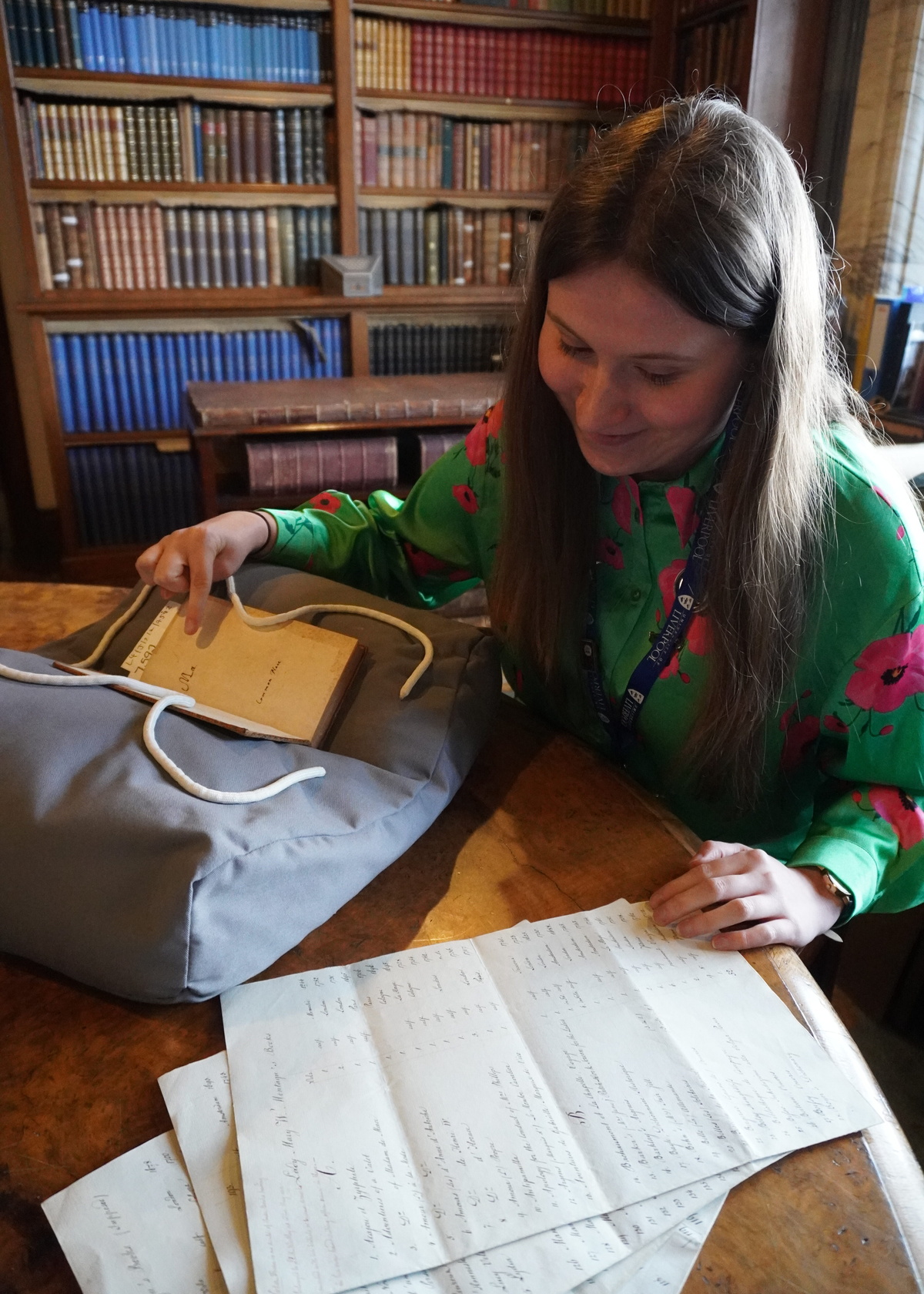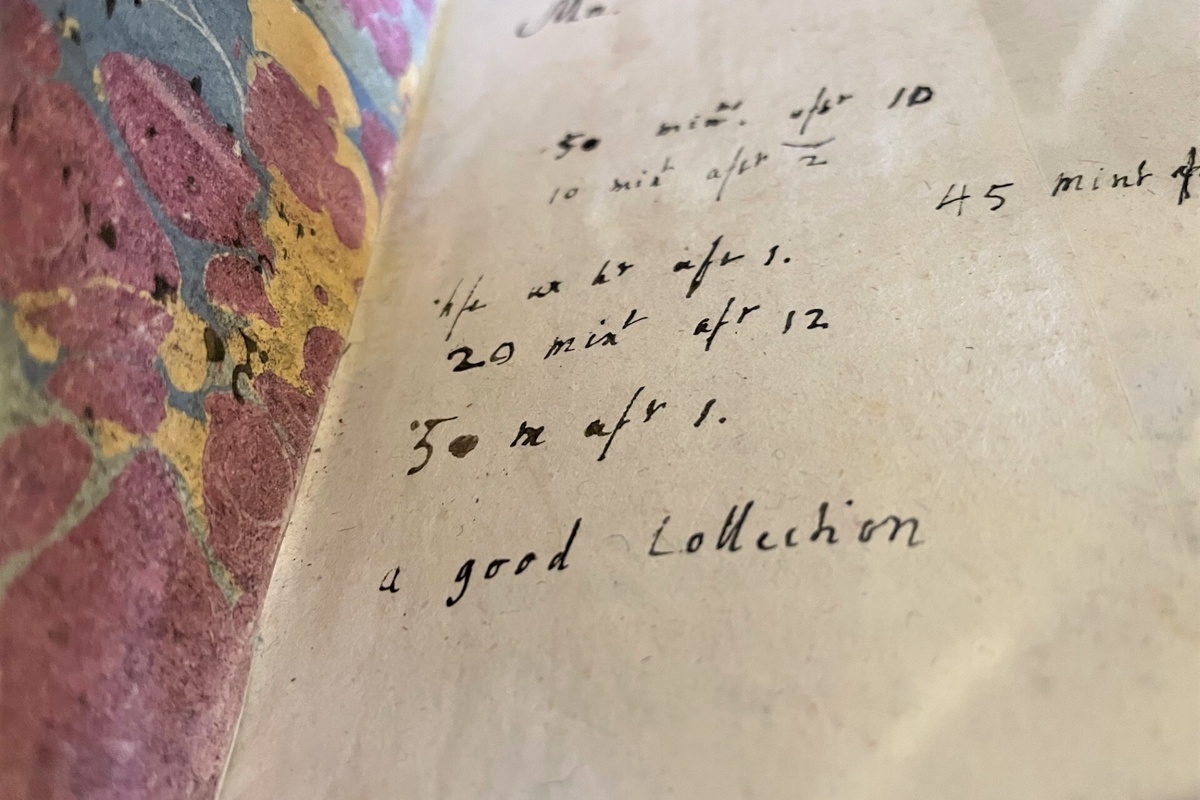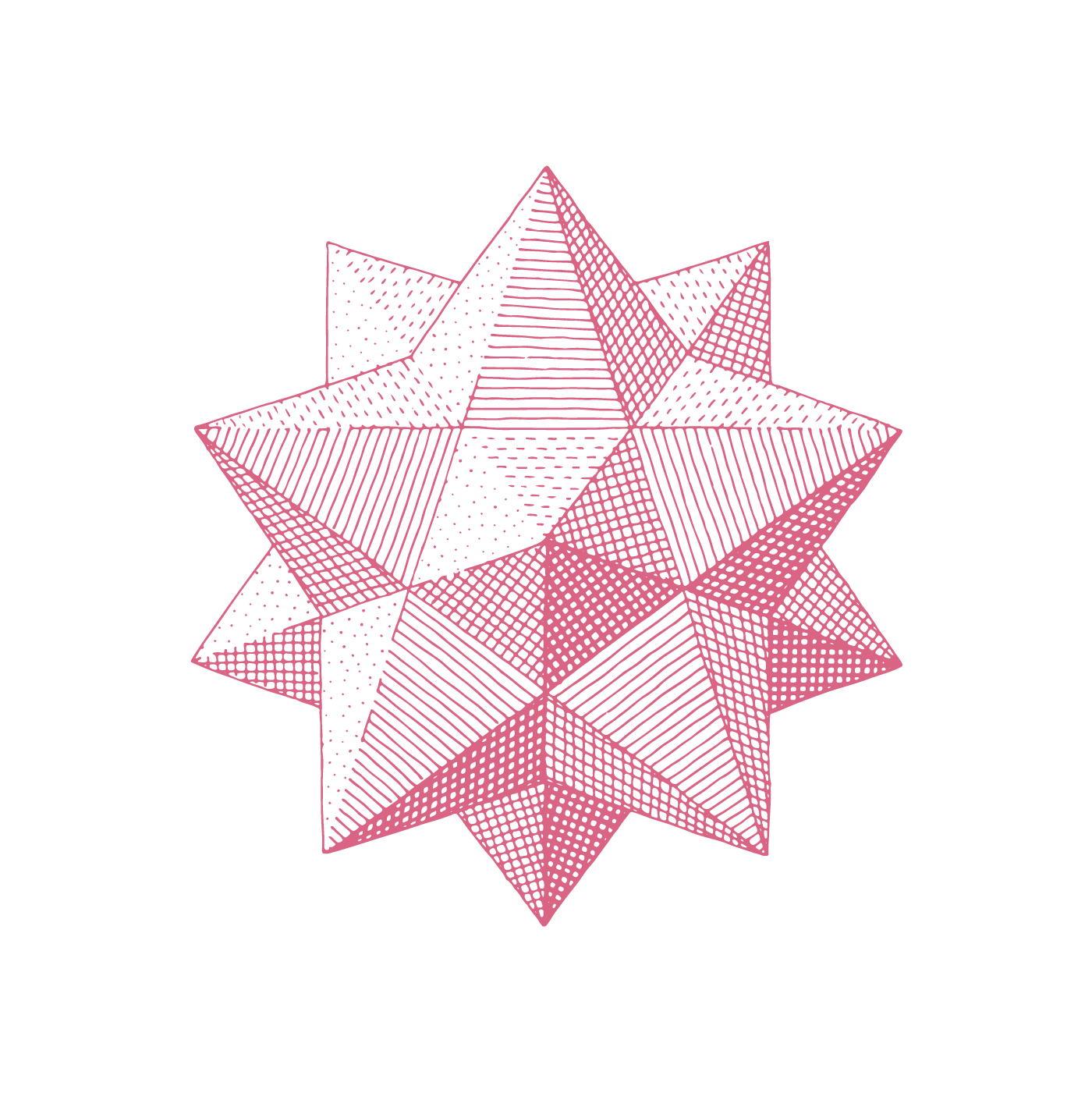Reconstructing Dispersed Collections: The Library of Lady Mary Wortley Montagu

Mount Stuart Trust welcomes many researchers from across the world on Research Visits to consult the Bute Collection's historic records, books, fine and decorative art every year. In 2025, we are delighted to shine a spotlight on a recent piece of research on the library of Lady Mary Wortley Montagu, undertaken by Dr Amy Solomons with the support of our Collections Team, showcased through a pop-up display which you can see in the Purple Library. Read on to discover more about Amy's research...
This project seeks to reconstruct the library of Lady Mary Wortley Montagu to enhance our understanding of her life and the ways in which she used books to further her educational improvement, for leisure pursuits, and to connect with the wider world. It draws upon the dispersed, fragmentary collections of Lady Mary’s reading held in both public and private libraries across the UK, and this Research Visit was generously funded by a Women’s Studies Group Bursary in 2024.
Lady Mary Wortley Montagu (1689-1762) was an eighteenth-century writer, traveller, pioneer and aristocrat. She married Edward Wortley Montagu in 1712, and in 1716 the couple travelled to Constantinople (now Istanbul) as part of Edward’s work as Ambassador to the Ottoman empire. During her travels from 1716-1718, Lady Mary wrote a series of letters which reflected on life and culture, especially for women, in Constantinople. These letters were published after her death in 1763 as The Turkish Embassy Letters. She also campaigned for the smallpox inoculation. Her daughter, Lady Mary (later Countess of Bute) was the first person to be inoculated in Britain.
Some of Lady Mary’s collection came to the Bute family through her daughter, Lady Mary, Countess of Bute who married John Stuart, 3rd Earl of Bute in 1736.


Lady Mary was a keen reader who amassed a large collection of books during her lifetime. She read for both leisure and educational purposes and her surviving books at Mount Stuart reflect her interests. She read widely across different genres including plays, poems, fiction, devotional and religious texts, travel works, and histories. Most of Lady Mary’s books were published in English or French. Many of her books focus on the communities or places she visited.
Lady Mary nearly always signed her books with ownership inscriptions including ‘M’, ‘Ma’ and ‘Ma W’. This means that we can confidently identify which books were in her collection. Sometimes she left honest, often witty one-line comments about the books too. For instance, in the display of books at Mount Stuart, she described her copy of Letters from a Persian in England, to his Friend at Ispahan (1735) as ‘common place’. These comments give us an insight into her personal reading experiences and which books formed a key part of her collection.
My star pick from the Bute Collection is Lady Mary’s copy of English Miscellanies consisting of various pieces of Divinity, Morals, Politicks, Philosophy and History, by John Tompson (1755), (Ref: L4/H/2/2/2849). This is a collection of poems and essays from writers including Alexander Pope, John Dryden, and John Milton.
The most interesting aspect of this collection is not the printed texts themselves but rather the comments Lady Mary makes about it on the flyleaf. Alongside her ownership inscription ‘Ma’, is the comment that this is a ‘good collection’. There are also several time stamps on the flyleaf such as ’45 mins after 10’, which were likely used as a record of the length of time spent reading the collection. This book offers a rare, and rich, glimpse into Lady Mary’s reading beyond the ownership signatures found in most of the books within her collection.

Dr Amy Solomons is a postdoctoral research assistant on 'Reading the Room: Books, Access and Community in Heritage Space', a one-year collaborative project between the University of Oxford and the National Trust. In 2024, she completed her PhD at the University of Liverpool, also in collaboration with the National Trust, titled 'Fragmentary Traces: Female Readers in Family Libraries 1700-1840'. She recently co-edited 'Power and Patriarchy in the British Country House', a special issue for Women's History Review (2024) where she also published an article on Sabine Winn’s collection of books at Nostell Priory.
Amy has selected eight of Lady Mary's books from the Bute Collection, which are part of our 'Research Spotlight' pop-up display in the Purple Library in 2025. This can be viewed by booking a House & Gardens ticket: Plan Your Visit.
